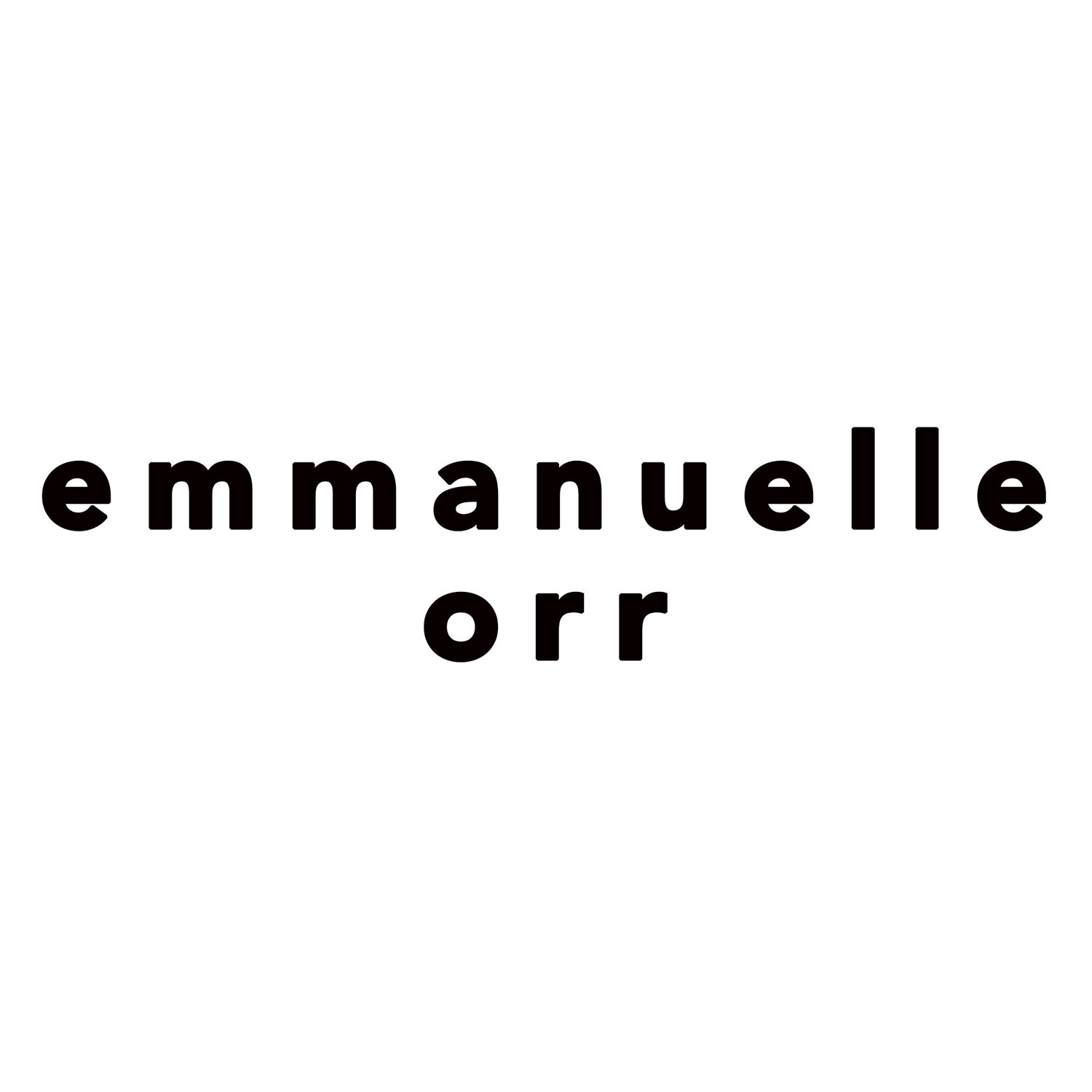Exhibition Review- Cherry Blossoms
While in Paris recently, I had the joy of attending Damien Hirst’s Cherry Blossoms exhibition at the Fondation Cartier.
A large, glass-fronted space in the South of Paris, the Fondation was the perfect space for Hirst’s large colourful paintings: stepping inside the huge rooms is like walking through an endless orchard, the limits between the garden that surrounds the building and the exhibition rooms themselves almost inexistant.
And once inside, the paintings explode into view: All the works are several meters high, and often several meter wide too, filling the space with a riot of colours everywhere you look.
Some of the paintings are mostly pastel coloured, the silhouettes of the trees visible behind the blossoms, delicate and fragile like an early spring morning. Others are vibrant and saturated, the canvas completely disappearing under the blots of colour.
Close-up, the mark-making is very visible, each colourful blossom a thick smudge of paint, like a crossover between Claude Monet’s nympheas and Jackson Pollock’s exuberant paintings. The flowers dissolve into a very abstract mass of colours, the volume of the paint catching the light to create a mountainous terrain on the material.
The exhibition is divided in 4 rooms: two on the ground floor, where natural light floods through the large windows that surrounds the paintings, and two underground: the first of these is a huge warehouse-sized space, where canvas after canvas line the walls, and behind it is a smaller room to finish off the exhibition. All rooms are mesmerising in their own way, but it is the large downstairs room that took my breath away the most. The size of the space and the number of paintings inside create an accumulation effect that is bewildering and awe-inspiring, each painting mirroring and responding to the others around it.
Of course, the paintings all work well as standalone pieces, and it is possible to imagine them as solitary works in different contexts, but viewing them as a collection really adds to the experience: the rhythm and patterns induced by their repetition really transports the viewer away from this environment: suddenly we are no longer in a modern building in the middle of a city, but walking through a Kyoto garden and enjoying a breath of fresh air. Suddenly the world is not anxiety-inducing and frenzied, but joyful and serene.
And these are the emotions that stayed with me long after the exhibition: light-headed joy, childish wonder, and a contemplative sense of calm.
After the morbidity of his formaldehyde animals and his cabinets filled with pill packets, it seems that Damien Hirst has finally found a way to cure his viewers and hug their souls.
The exhibition is open until the 2nd of January 2022.

